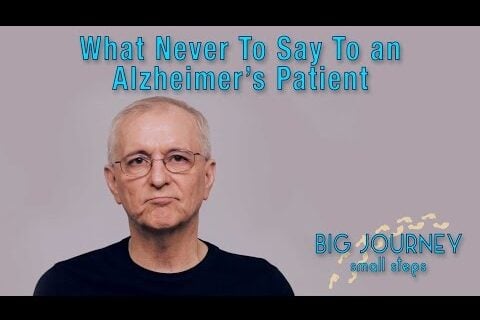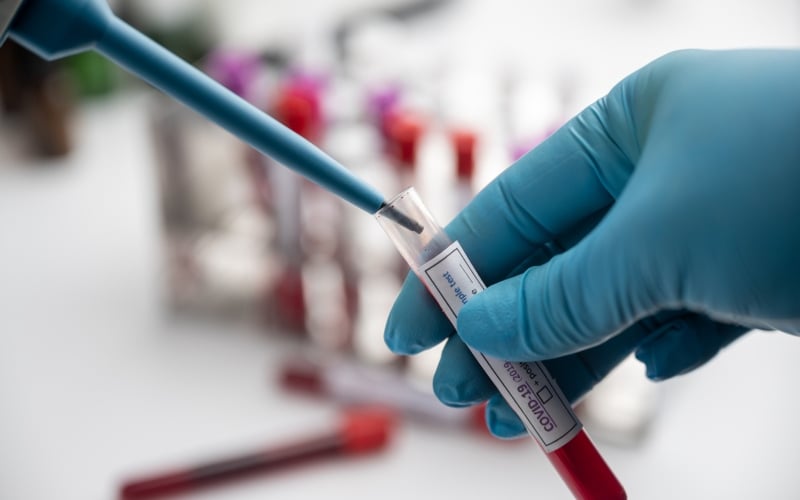The Drug Enforcement Administration [DEA] is relentless in the pursuit against the supply of illicit drugs and the networks responsible. The National Alliance on Mental Illness [NAMI], the National Institute of Mental Health [NIMH] and the National Institute on Drug Abuse [NIDA] continue their intense and unprecedented hard work for headway against mental illnesses, for mental health and against substance abuse.
Their efforts have led to progress, shaping outcomes for conditions, aiding reduction and prevention. Their work and those of others—including SAMHSA and ONDCP—can be described as a combination of approaches, mostly semi-direct, indirect and random. Some of their works, for some individuals, are directly against the problem, but not a large percentage.
There is the term biopsychosocial, which means biological, psychological and social approaches to mental health. The approaches work, however, results are often mixed.
The problem, for example, of severe anxiety or panic attack, experienced by some is not that there isn’t a prescription, psychological therapy or some social suggestion for care, but what exactly is the map of anxiety in the brain?
Anxiety, panic and other conscious experiences are varied, but how precisely, do they relay in the brain? This answer would be useful to proportion extents in any moment, to enable an individual, loved ones or caregivers decide the most effective care.
Brain Science
When something fragile is about to fall, why does it—sometimes—result in panic? What is the difference between that panic and the resulting panic from the sight of an obnoxious boss or the voice of some difficult instructor on the phone? Why does an illegal drug sometimes seem to work against that panic—to face difficult situations?
What is the map of panic in the brain, like every other conscious experience? How do things in the external become triggers of panic?
There are established studies in neuroscience on fear, addiction, and several others, showing molecules, electrical signals, centers and corresponding pathways, but the experiences are not those. Fear, as a response, action or reaction is an experience with its direct mechanism.
Modeling the brain for experiences holds the key to centralizing mental health and directly provisioning care. Conceptually, there are quantities, relaying constantly to destinations, to acquire properties across the brain.
Properties are locations where experiences are obtained. It is theorized that all memory, action, emotion, reaction and feelings are properties in the brain.
Quantities, conceptually, emerge as the uniform unit or identity of sensory processing or integration in the two major landing ports of senses in the brain: the thalamus and olfactory bulb [for smell]. This means that what becomes of senses after they get to the brain, is a version [quantities] that is usable, or fusible with properties. This is how the brain generates the mind.
It is from those landing ports that quantities relay to the cerebral cortex for interpretation, or where they acquire properties. Some quantities go through a new sequence to form properties, which is what happens with learning new things, or knowing things [memory].
Quantities have sequences, old and new. They have splits or go-before. They also have prioritized and pre-prioritized phases. There is also the principal spot where a property can move to, to have the most dominant influence on quantities. This, for instance, is why depression [a property] feels like a boulder on the mind, with extras, like lethargy and others.
Mental Health
All symptoms of mental health problems or illnesses are properties in the brain, where quantities go to acquire. Delusion and hallucination are sets of properties where pre-prioritized quantities relaying automatically go to certain locations they should not, and there is little ability for control or interchanging [prioritized] quantity to keep in check.
Depression, anxiety, mood disorder, panic, fear, irritability, craving, paranoia, melancholia and so forth are all properties in the brain. It is what gets there, to what degree that defines experience.
What these quantity-property rules in the brain say, would be helpful to tell individuals what is in the mind in a moment, or to have loved ones understand, or for caregivers, as well as for harm reduction against substance use disorders.
The DEA has led the war on the supply of drugs but needs to mount a sharp shift to demand for drugs, at the source—the brain. NAMI, NIMH, NIDA, SAMHSA and ONDCP should seek out the brain, directly for experiences, not just for cells, molecules, social or psychological angles, without how the brain works every experience.
Global mental health is stuck, not because there are no events, apps, therapies, wellness retreats, speaking up, anti-discrimination campaigns, days offs, insurance products, cellular-molecular research, neuroimaging and so forth, but that there is no architecture for the moment mental health, in the brain.
It is what the brain defines of anything external that is mostly used to relate, not just what is external. There are also internal quantities [thoughts or their form], acquiring properties, that may cause problems for how people act in the world.
There are situations of problematic youth mental health, overdose crisis, and so forth, whose basis is mostly the mind, as a distant planet—for individuals.
The future of mental health is to unstuck it. It starts with the architecture of conscious experiences in the brain.
—
iStock image
The post Brain Science: Why Is Mental Health Hard? appeared first on The Good Men Project.
Original Article










